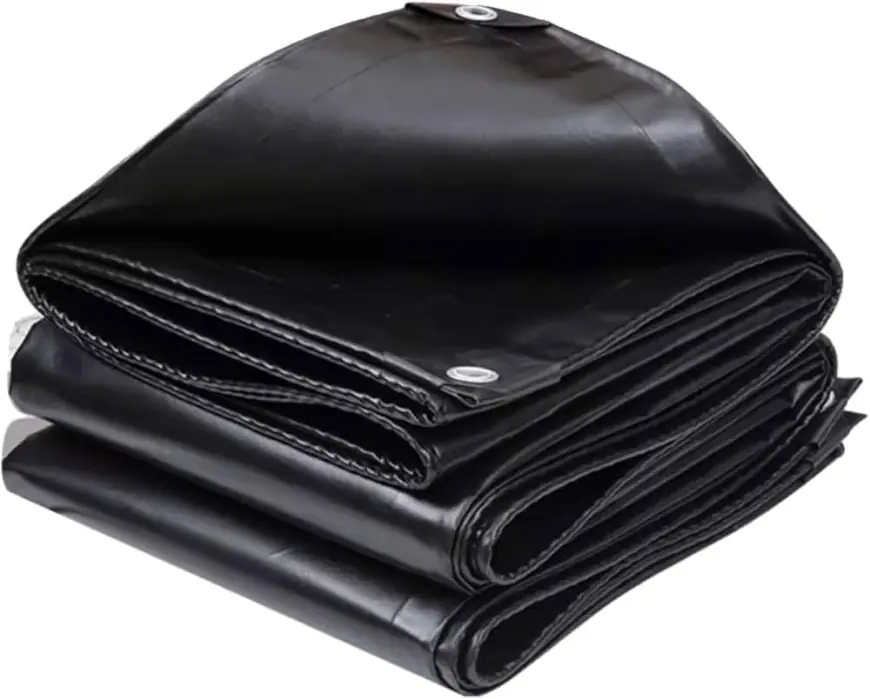How to Create a Water Catchment System with Tarpaulin
Tarpaulin sheet be specially made for protection against UV light, sturdy, and with good weight bearing for the weather conditions.

This colorless, tasteless, and odorless compound is known to be the most vital requirement for the existence of every living organism, and in the last couple of years, the global issue of water shortage has become very apparent. In that case, it becomes important to familiarize ourselves with and apply, best practices that can be used in the collection, and storage, of water. One of such, which has been used actively and is very effective is the water catchment system that involves using Tarpaulin sheets. Allow me to show you different ways you can create water water-catching system using tarpaulin sheets.
Choosing the Right Location
The first factor in establishing a water catchment is therefore identification of the right location. In an ideal world, you want to find a location that experiences a good deal of annual rainfall. Also, the area must be clear of elements that may hinder or slow down water flow in the facilities. There should be convenient drainage of the collected water towards your home, or better still, establishment and workplace.
Choice of Tarpaulin Sheet
It is therefore important that the tarpaulin sheet be specially made for protection against UV light, sturdy, and with good weight bearing for the weather conditions. Such a material as polyethylene is often use because it is UV-protected and the tarp can last for 3-5 years. The tarp used must also be large enough to cover the whole area where the collection is intended and there must be a hole at the center of the tarp through which the collected water can be fed into a storage vessel.
Preparing the Catchment Area
When you have decided on a good area where you want to build the structure and identify the tarpaulin sheet, the next process will involve preparing the catchment area. Stones, woods, or plants that could impede the flow of water in the said area should be removed. It is also possible to optimize the catchment area by appending rock gutters, berms, or other facilities to control erosion.
Fixing of Tarpaulin Sheet
The tent is somewhat easier to erect and some of the procedures for use involve putting up a Heavy Duty Tarpaulin sheet. Initially pin down the tarp tightly on the ground to avoid detaching when positioning the furniture; alternatively, use stones or logs on the corners and riches of the tarp. Ensure that the sides of the tarp are slanted to ensure that any water gets into a middle point where a point will be punctured to enable any collected water to drain into your basin or tub. The tarp must be anchored in such a way that the tarp will not shift in the case of a storm.
Locating the Storage Container
Select the correct receptacle and this should be a waterproof container to hold the water. For this at least as large a vessel as a drum, a water tank, or a rain barrel will serve the purpose. Position the storage container directly below the hole in your tarpaulin sheet in a way that the water can have no other place to drain into apart from it. You can also incorporate a hose or pipe that will be of help in transferring the collected water to other parts when required.
Maintaining the System
One of the most important things to do is to keep the system because once it is installed it has to be maintained optimally. Correspondingly, inspect the condition of the tarpaulin sheet from time to time in order to replace it if it is damaged. This may include washing the catchment area and or the storage container on a regular basis to avoid formed layers of any debris or algae that may contaminate the water.
Reusing the Collected Water
The water that is found in your catchment system is well suited for uses such as watering your garden, washing your car, or even washing your clothes. Make sure to heat and purify the water before using it for drinking or preparing foodstuff particularly if you come from an area with poor water quality.
Conclusion
Building a water catchment system using tarpaulin sheets is a cheap, environmentally friendly, and effective means of providing water to your household needs. By taking these simple steps, any person can replicate this system to save water and make a big difference of the environment around them.
Also Read: https://joripress.com/













